|
An exceptional ceramic object was made recently at one of the workshops I'm running at Silchester Estate. Cerys Rose made a tower block to begin with and then added this onto a base structure. But it was what she did next that was truly remarkable and inspiring; she took a conceptual leap of faith that is advanced in one so young. Cerys playfully added on what appeared to be flying buttress supports. I then asked her to reflect on what she did: "My art piece is based on protecting. It is a peel, for example a banana peel. When it is peeled, it is not protected. When it is not peeled, it is protected." So much for flying buttresses! Cerys was on a more imaginative wavelength. At the time, I didn't want to ask her whether the banana protection of her building was in reference to Grenfell tower which looms large over all of us in the area. Cerys's friend, Sina Michael, another very talented artist, had made a more direct reference to this in her scale model ceramic work of the five high rise tower blocks that dominate the local skyline. As residents at Silchester Estate shape clay into objects real and imagined, sublime and surreal, my mind wanders back to two previous ceramics projects. One that I have blogged on and another that I have repressed from living memory, until now. Leo The Last is a 1969 film that I used as a meditative tool and to create art with residents of the estate in 2015. This wild and experimental film, tapping into the counter-culture of its era, has mythic qualities for our patch of North Kensington in London. It is a true Notting Barns film made on the plot of ground and in the soon to be demolished “slum” houses on Testerton Road before they were developed into Lancaster West estate and Grenfell tower. Leo is an aristocrat who has moved into his million pound white house that is cheek by jowl with the black painted properties of his down at heel Afro-Caribbean neighbours. Leo becomes radicalised, albeit in an idealistic fashion, after he discovers he is the slum landlord for the area. The film ends with a community riot that burns down his house. Leo is philosophical about not being able to change the world, but we can change our street. After screening the film on a 35mm print for the general public, a group of residents went to the V&A and created houses and other structures under the supervision of ceramic artist, Matthew Raw. I was then able to use these to re-create the road that you see in the film. This was displayed at the museum as part of my end of residency display of art. In a prophetic parallel, Cllr Rock Feilding-Mellen, had the opportunity to become Leo. Rock is not a film character, but a Tory Councillor of aristocratic origins, who moved into a posh property that was located across the road from Lancaster West estate. But there was no sense of him becoming radicalised by his neighbours or attempting a more modest community engagement here. His job as deputy leader of the council and head of regeneration was to mastermind the plans for the systematic regeneration (i.e. demolition and disruption) of Silchester Estate. This was at the same time he was directly responsible for the modernisation of Grenfell tower. You cannot watch Leo The Last now, without making these poignant connections. When I was inviting residents to make ceramic houses and reflect on social history and its relevance to the contemporary world, I had little idea what was about to happen in North Kensington; or even how that might radically change me. I feel my art engagement here was sympathetic to the local residents and their sense of place. However, if we go back a few years to 2012, another ceramic art project was artistically and socially less successful.
I was running several art projects at the time around the theme of water and one of these had Cultural Olympiad funding. It was for an 11th century motte and bailey listed heritage site at Manor Farm. I enlisted two other artists, Emily Orley and Elinor Brass, and they worked with the education programme manager for Hillingdon, Fabiola Knowles, in devising a wonderfully organic project called In Mercy For A Trespass. The plan was to build a durational outdoor installation with a selection of ceramic objects made by community groups and children and for these to be partly submerged around the moat and for it to collect rainwater over time. The installation would create the impression of an archaeological dig, now abandoned, overgrown and collecting water in a way that the moat no longer did. We worked with about 100 residents and school children and used their ceramic pots, cups and sculptures to create the installation. This should have been a fusion of contemporary and community art. However, what we did not foresee, was the relative conservatism of the area. Shortly after the installation was complete and before we had an opportunity to put down any signage or run a community event, we were informed that the installation had to be either substantially redesigned or removed. We were never able to have a direct conversation with the Councillor who thought the art work looked “messy” and "not very aesthetic.” The concept of it being allowed to grow into the landscape was lost on them. It was one of the most difficult projects to manage as Emily and Elinor quite rightly refused to rework the design without a more frank and informed discussion. Communication had broken down. Were we at fault as artists who had imposed ourselves onto the cultural landscape? Ironically enough, Emily and Elinor had prefigured this issue by calling the installation In Mercy For A Trespass. The heritage site at Manor Farm also used to be a manorial court and in the medieval era residents would have to pay fines for any crimes or misdemeanours and these would be couched in the terms of a trespass: "Richard Bacon puts himself in mercy for trespass in the grain with a heifer" or "Elena Thomson is in mercy because she gathered herbage from the standing grain of the lord contrary to the prohibition." After a cooling off period, another willow artist was brought in to tidy up the installation and make it look pretty. There is no denying this reworking of the design did look "aesthetically" better and more of a visual presence on the landscape. However the whole process, ethos and subtlety of the original vision was lost. The installation was renamed Ea Eard, which literally translates as ‘water earth’ in Anglo-Saxon language. This is the sweet-bitter project film made after the final installation was completed. Apart from one festival screening, this is the first time it has been given a public airing. There are some banana peels that are not protective.
0 Comments
Leave a Reply. |
Categories
All
Archives
May 2024
|
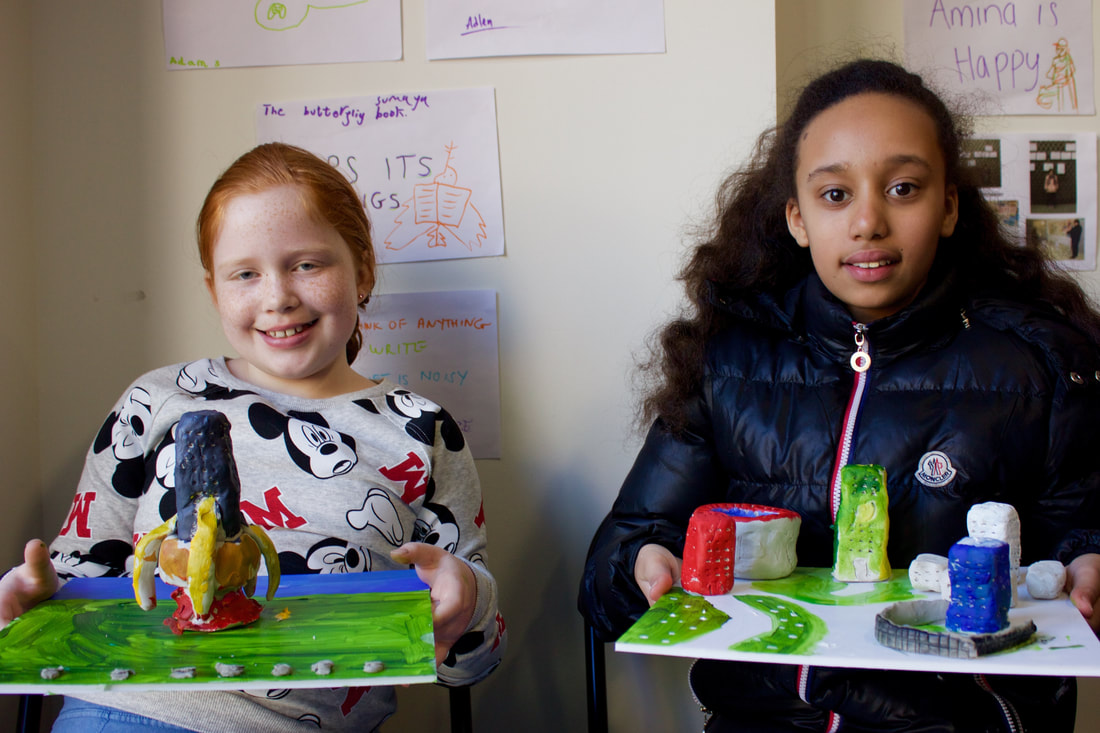
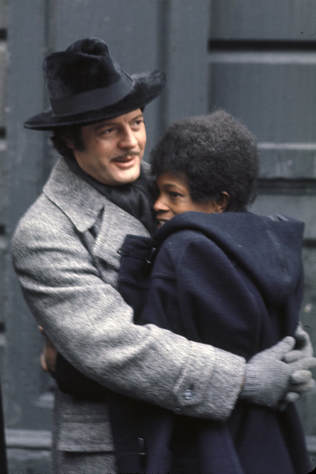
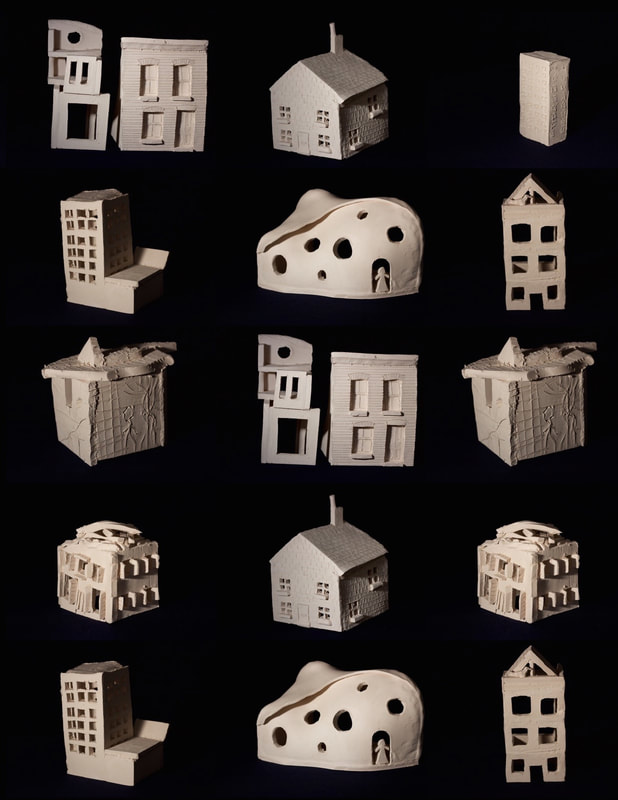
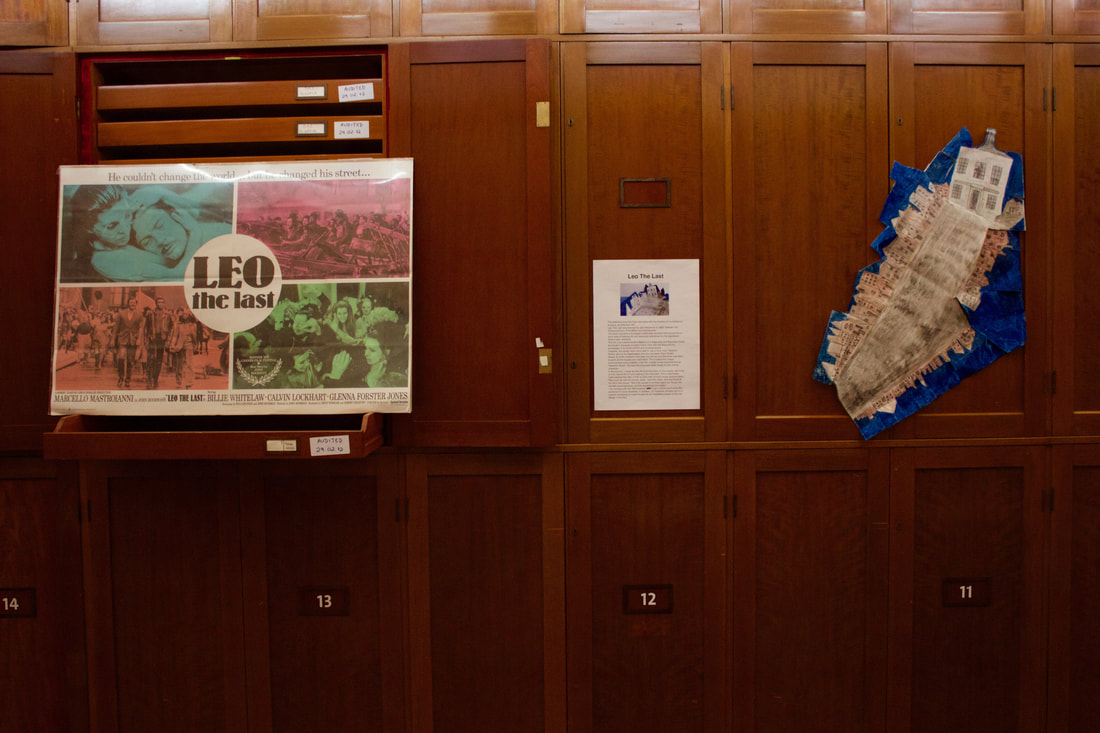
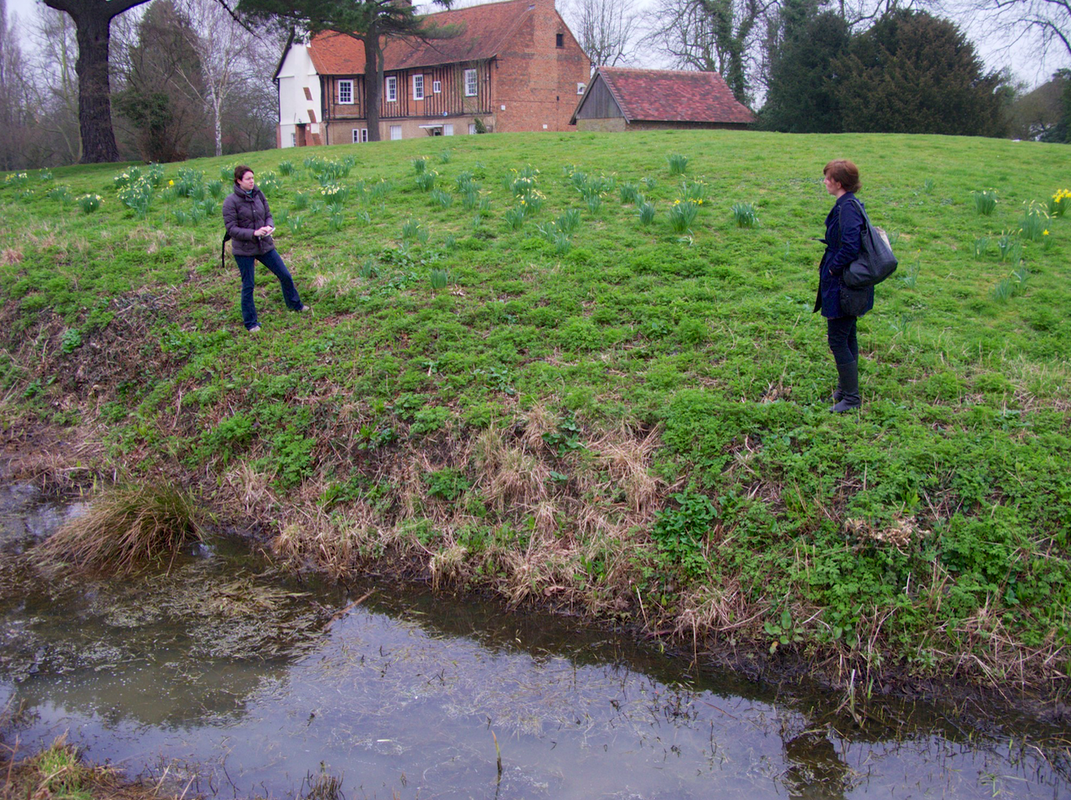
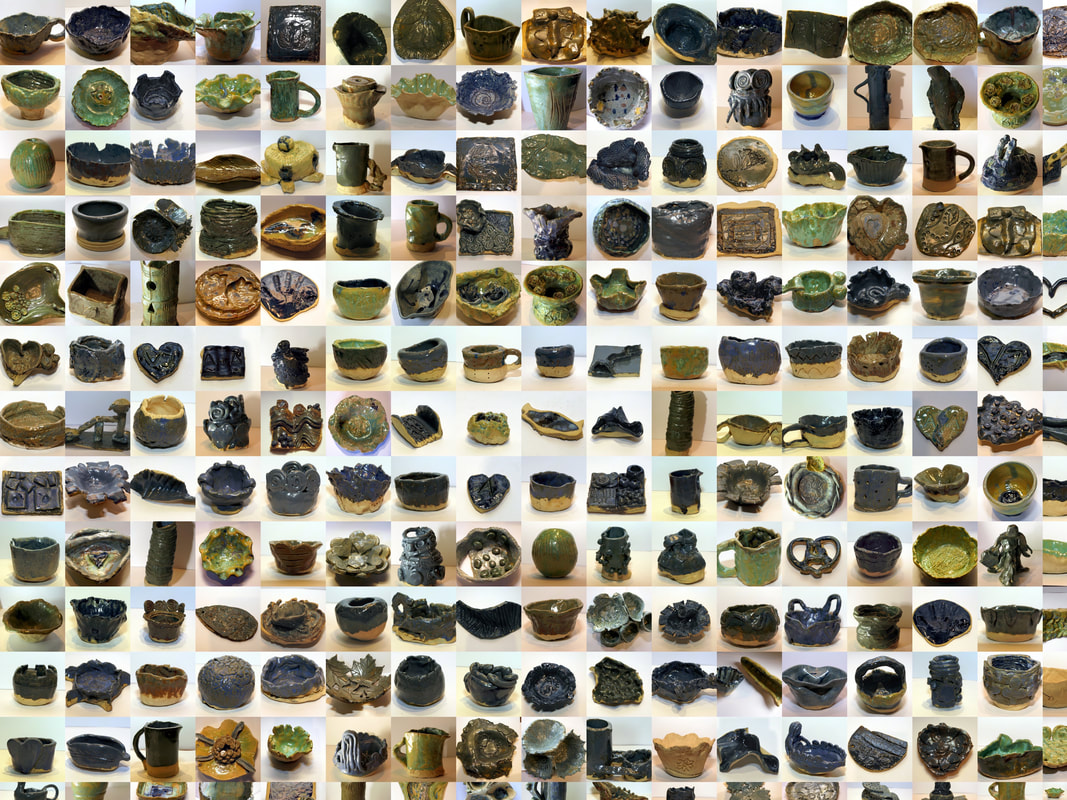
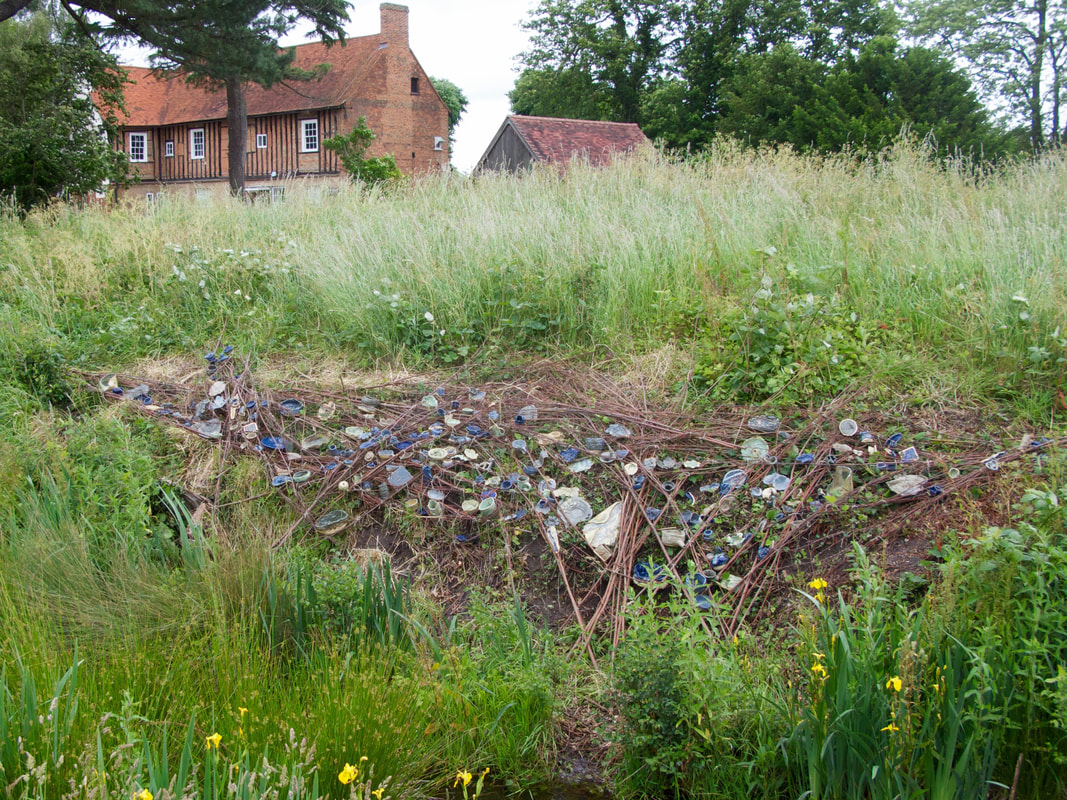
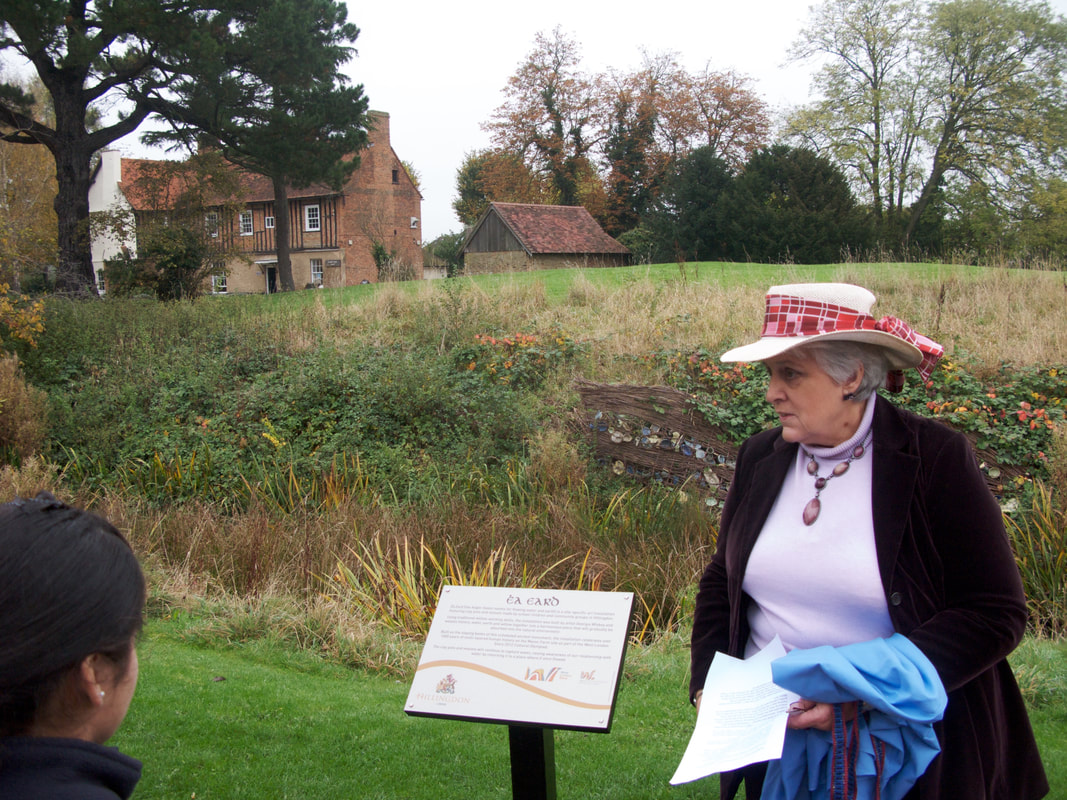
 RSS Feed
RSS Feed
